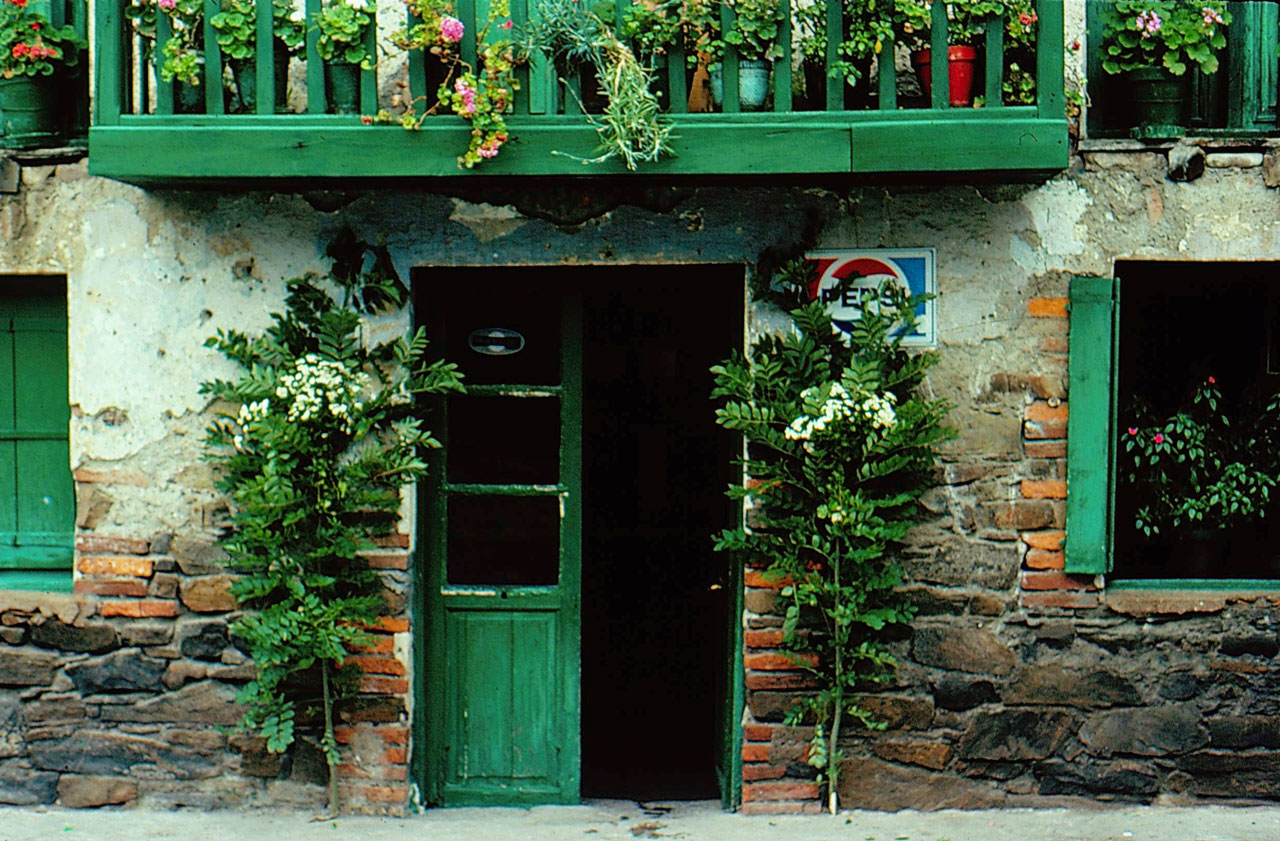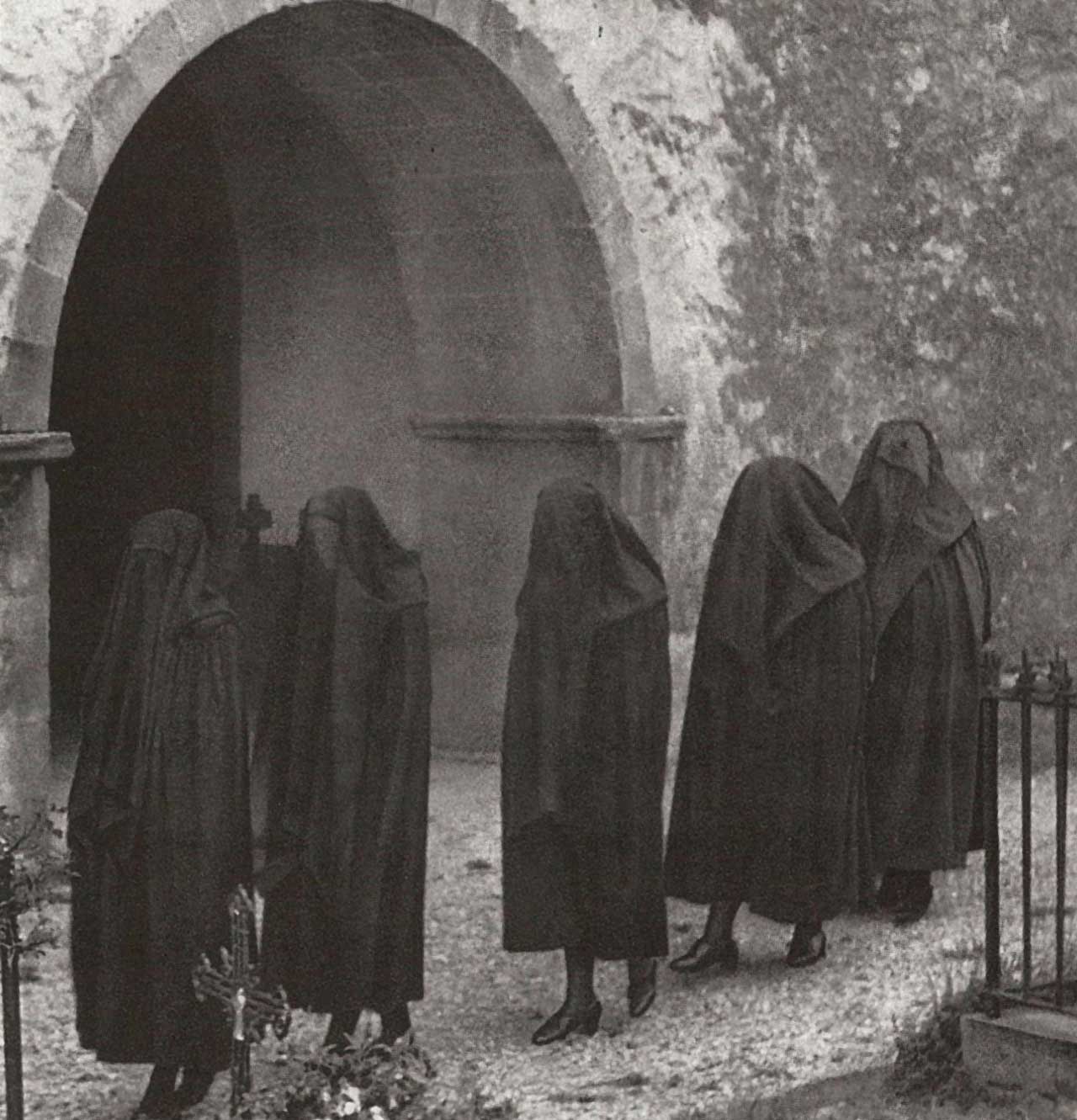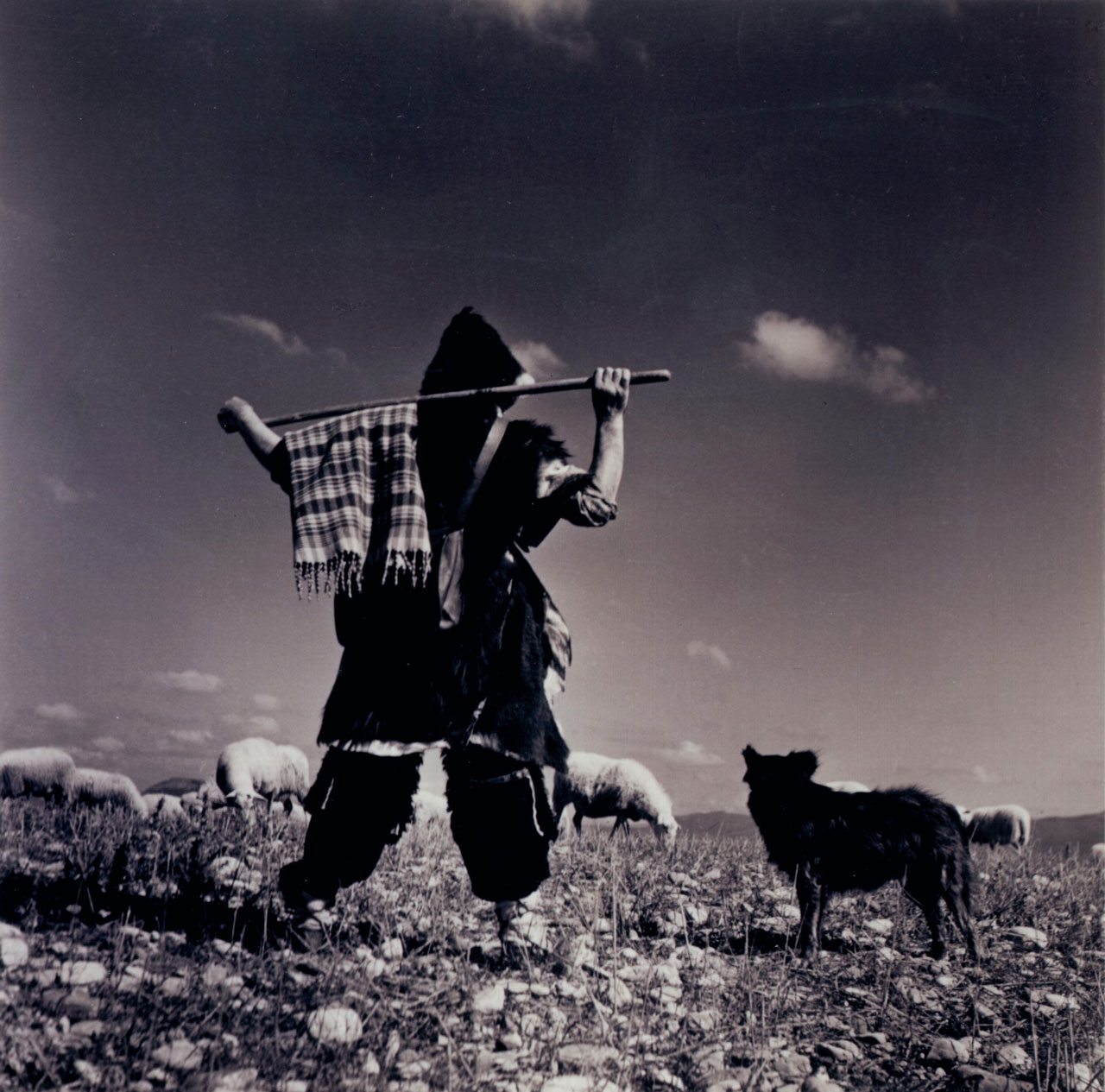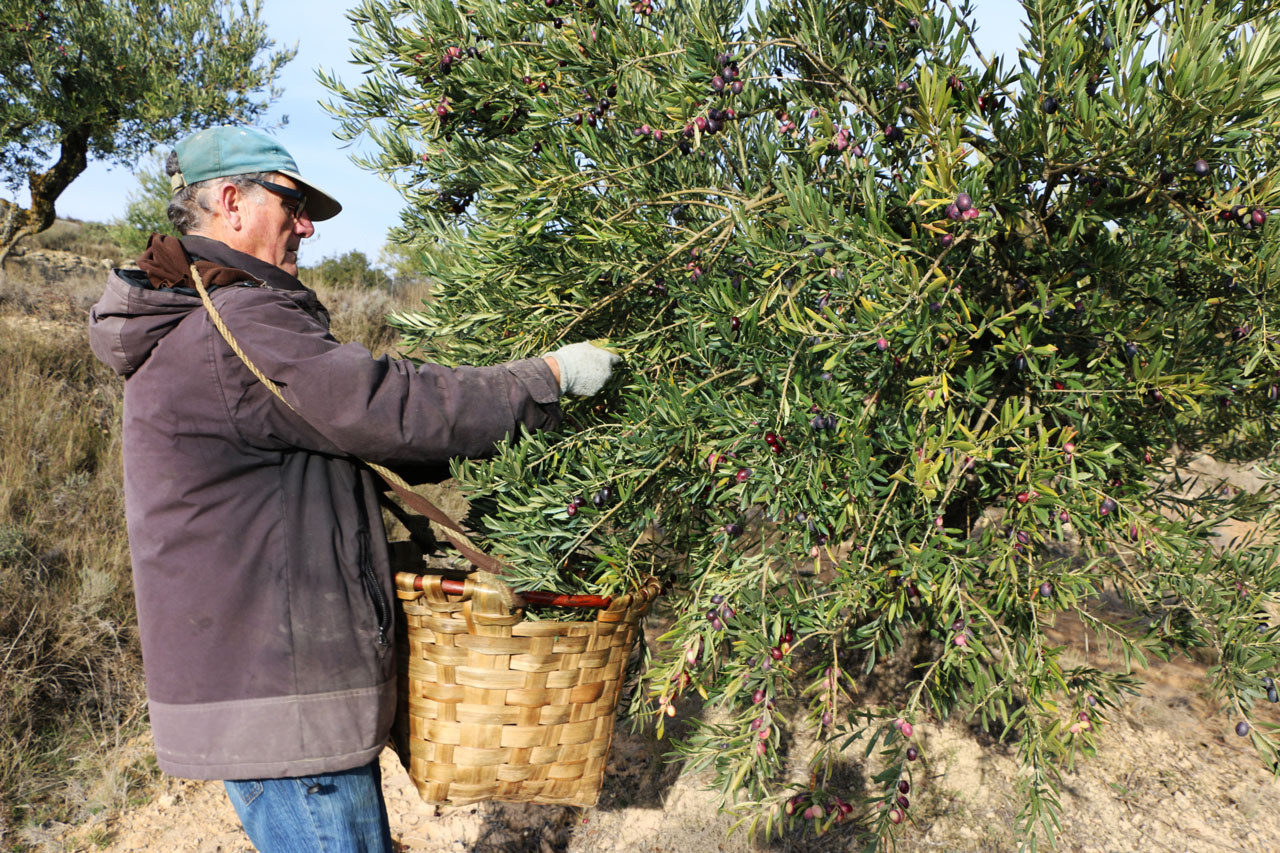Diferencia entre revisiones de «Main Page/en»
De Atlas Etnográfico de Vasconia
| Línea 12: | Línea 12: | ||
==[nav]== | ==[nav]== | ||
| − | ===[casa| | + | ===[casa|House and Family|/atlas/casa.png]=== |
| − | ===[alimentacion| | + | ===[alimentacion|Diet|/atlas/alimentacion.png]=== |
| − | ===[juegos| | + | ===[juegos|Children’s Games|/atlas/juegos.png]=== |
| − | ===[medicina| | + | ===[medicina|Medicine|/atlas/medicina.png]=== |
| − | ===[nacimiento| | + | ===[nacimiento|Birth|/atlas/nacimiento.png]=== |
| − | ===[ritos| | + | ===[ritos|Funeral Rites|/atlas/ritos.png]=== |
| − | ===[ganaderia| | + | ===[ganaderia|Livestock Farming|/atlas/ganaderia.png]=== |
| − | ===[agricultura| | + | ===[agricultura|Agriculture|/atlas/agricultura.png]=== |
==[libros]== | ==[libros]== | ||
Revisión del 17:53 28 ene 2020
St John’s bunches of branches and flowers. Zeanuri (B), 1980. Source: Ander Manterola, Etniker Euskalerria Groups.
House and Family in the Basque Country


House and Family in the Basque Country
Different types of rites, such as attaching the St. John’s branch, San Juan haretxa, to the doorposts, were performed around the St. John’s Day festivities.
Family Diet in the Basque Country


Family Diet in the Basque Country
Food was grown on the family small holding or bought from local markets, which, in turn, were supplied with food grown locally. A few products, nearly always non-staples, complemented local or household self-supply.
Children riding scooters and tricycles at Florida Park. Source: Municipal Archive of Vitoria-Gasteiz: Ceferino Yanguas.
Children’s Games in the Basque Country


Children’s Games in the Basque Country
Humans play games throughout their lives; however, that activity has a clearly different role for children and adults.
Traditional Medicine in the Basque Country


Traditional Medicine in the Basque Country
Nolako gaitza, halako erremedioa. There’s a cure for everything.
Nuclear family. Artea (B), c. 1930. Source: Labayru Fundazioa Photograhic Archive: Felipe Manterola Collection.
Rites from Birth to Marriage in the Basque Country


Rites from Birth to Marriage in the Basque Country
Any bachelor, or spinster, traditionally continued to be linked to the homestead and to be an integral part of the family.
Funeral Rites in the Basque Country


Funeral Rites in the Basque Country
Sorrow was expressed by wearing mourning.
Shepherd wearing a cape. Eriete (N), 1959. Source: Archive of the Museum of Navarre: Nicolás Ardanaz Collection.
Livestock Farming and Shepherding in the Basque Country


Livestock Farming and Shepherding in the Basque Country
Nolako artzaina, halako artaldea. Every animal ends up looking like their master.
Agriculture in the Basque Country


Agriculture in the Basque Country
Uzta garaian lokartzen, miserian iratzartzen. Anyone who sleeps at harvest time wakes up destitute.








